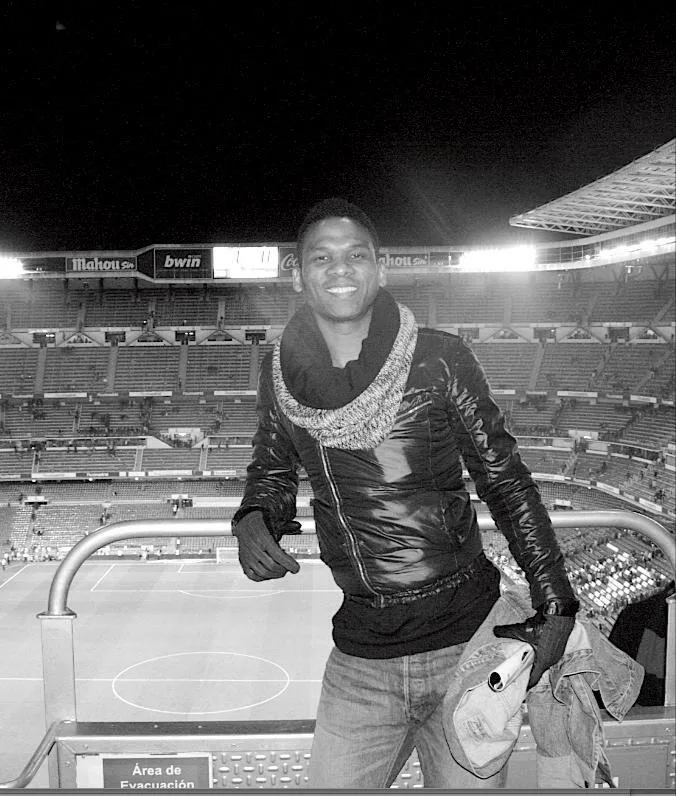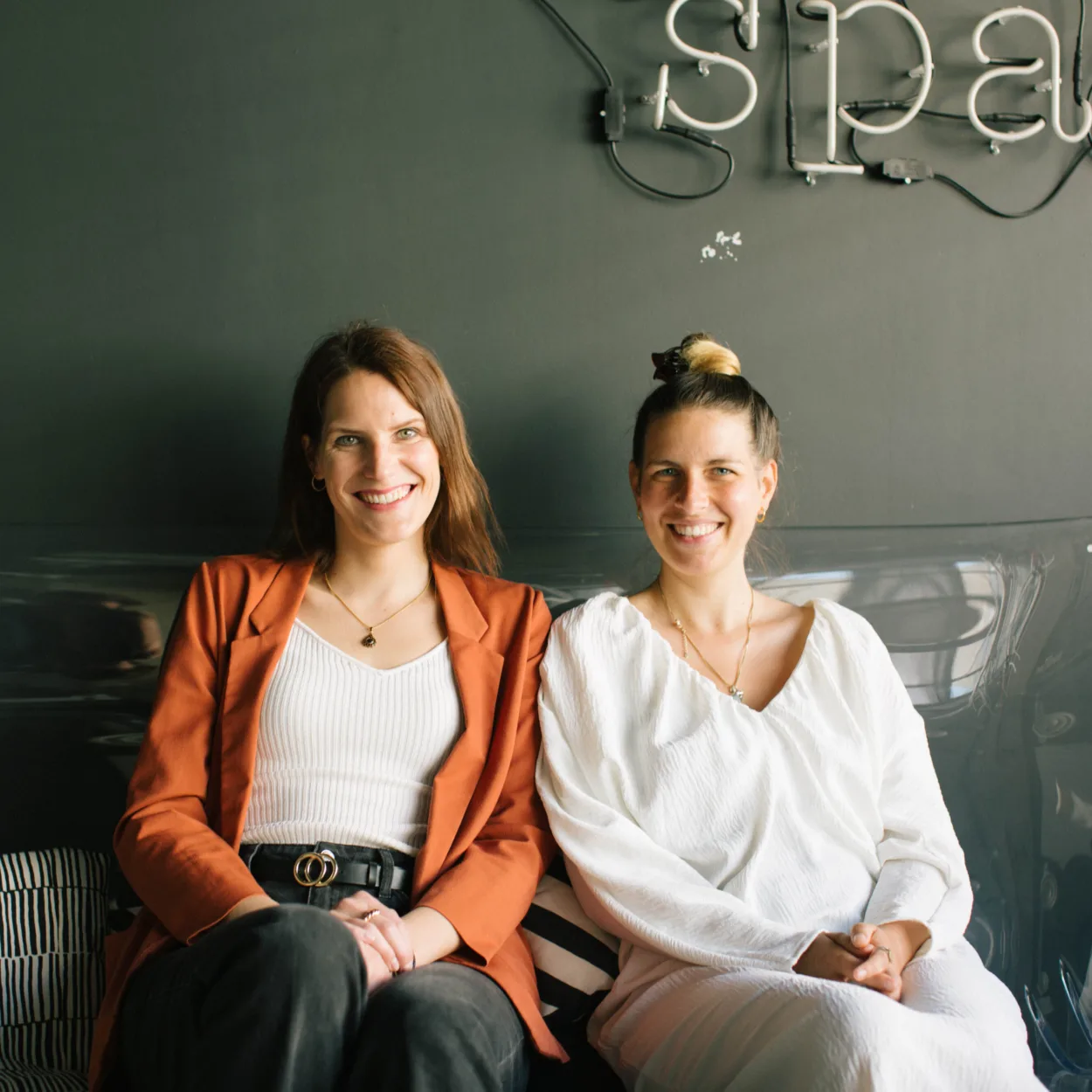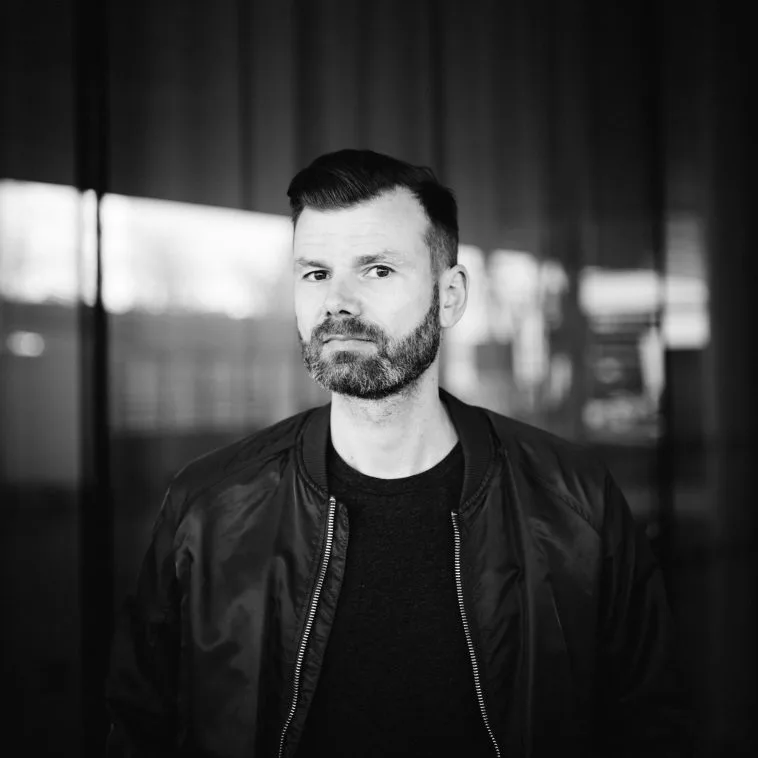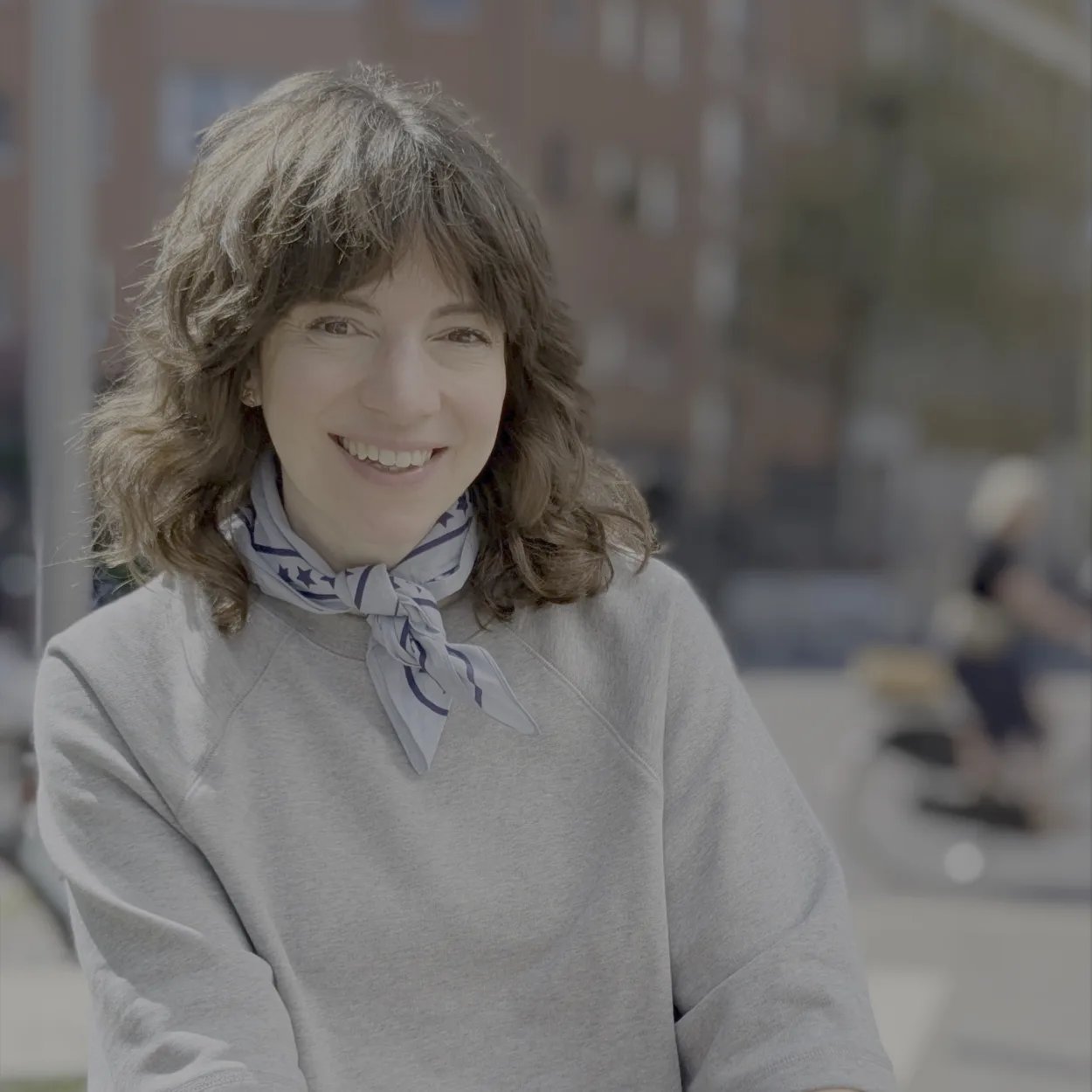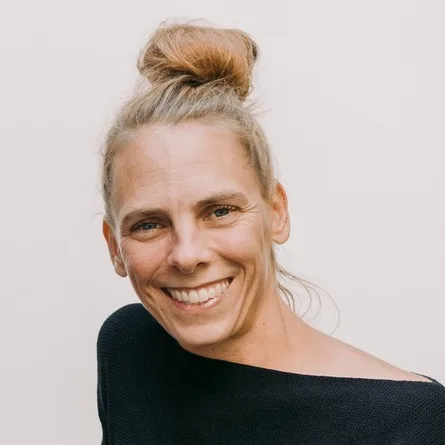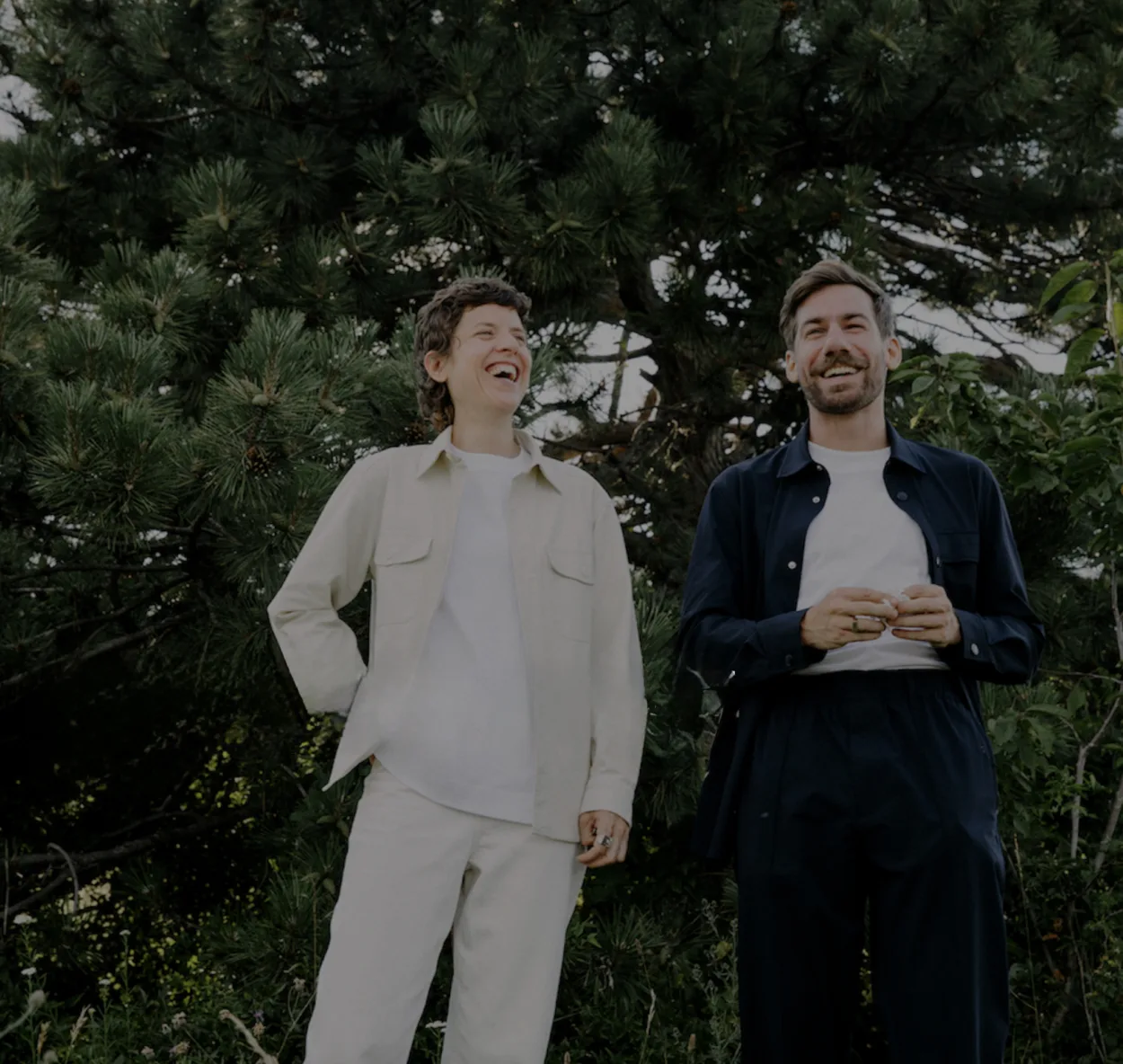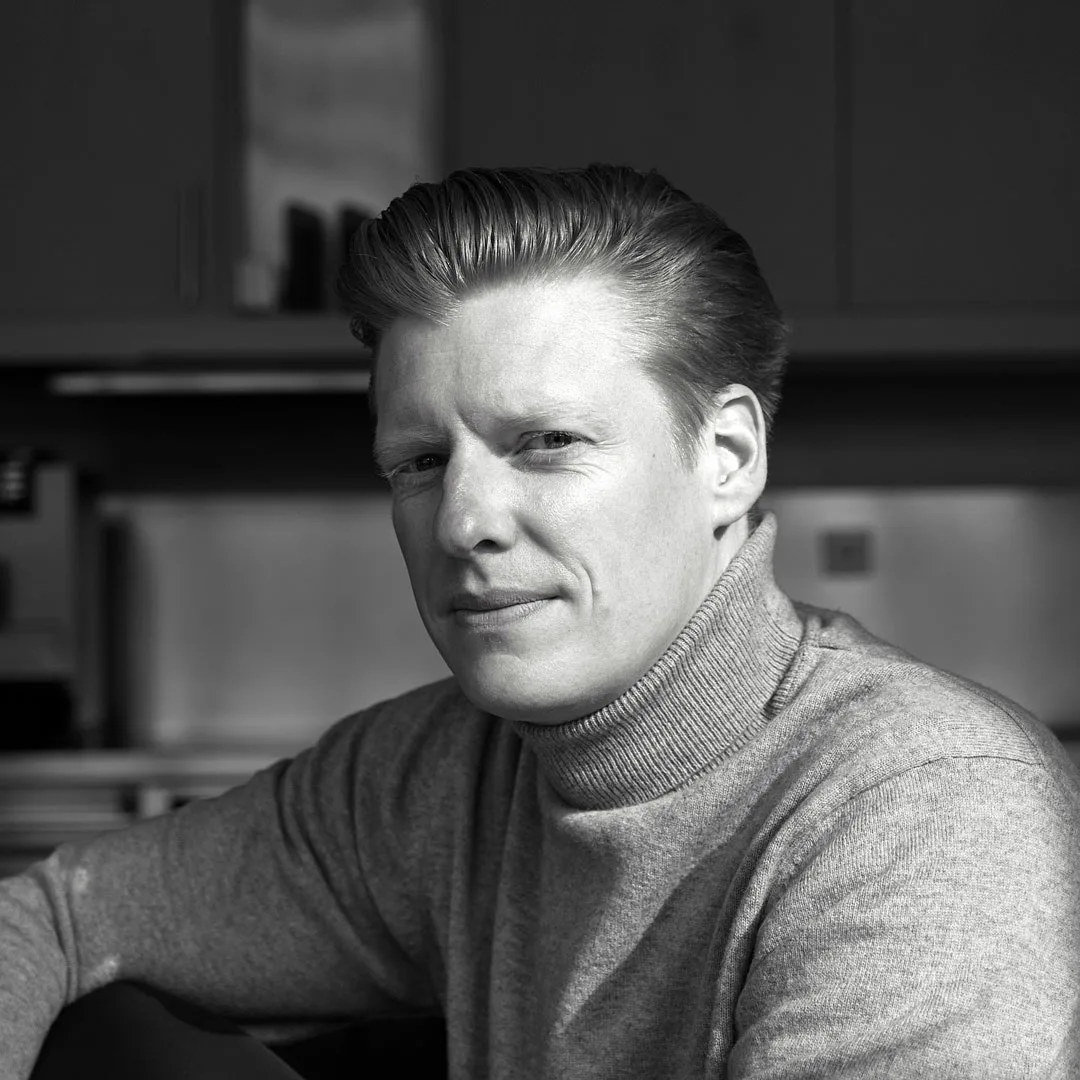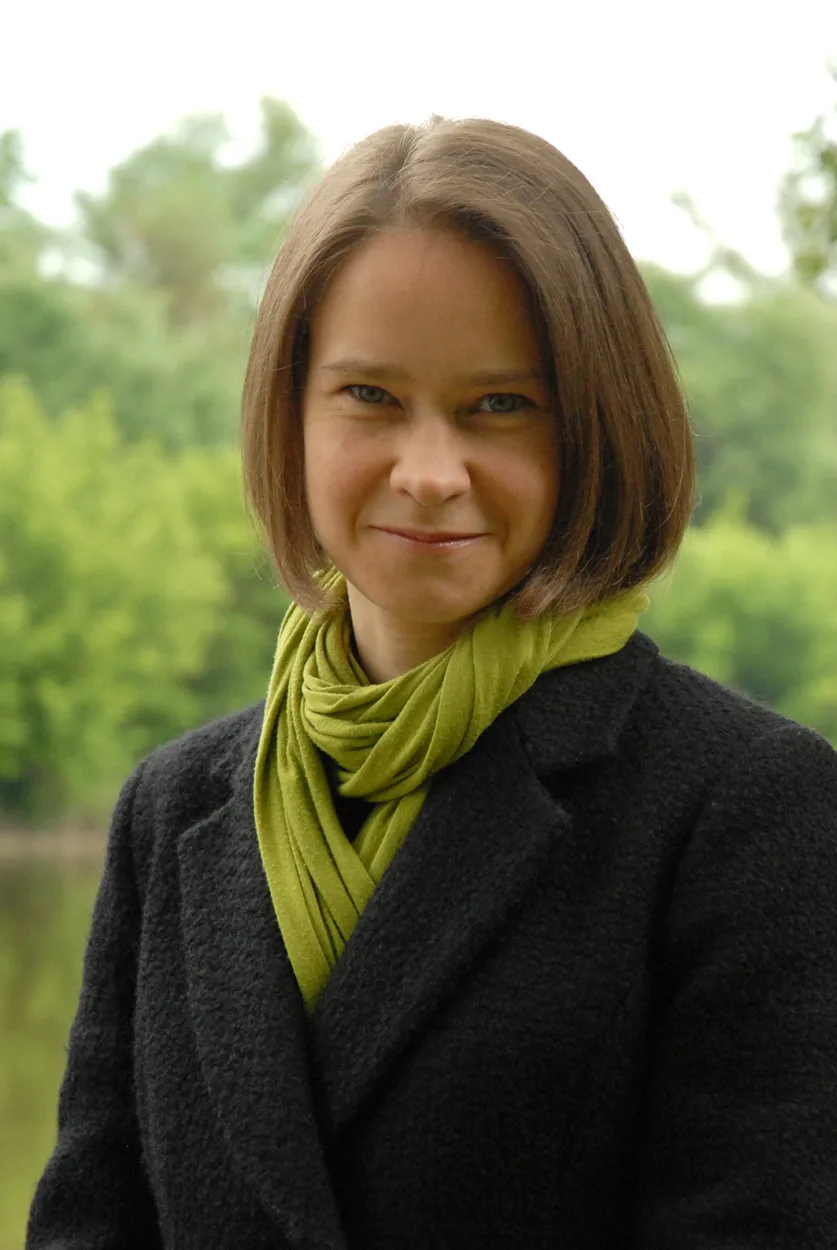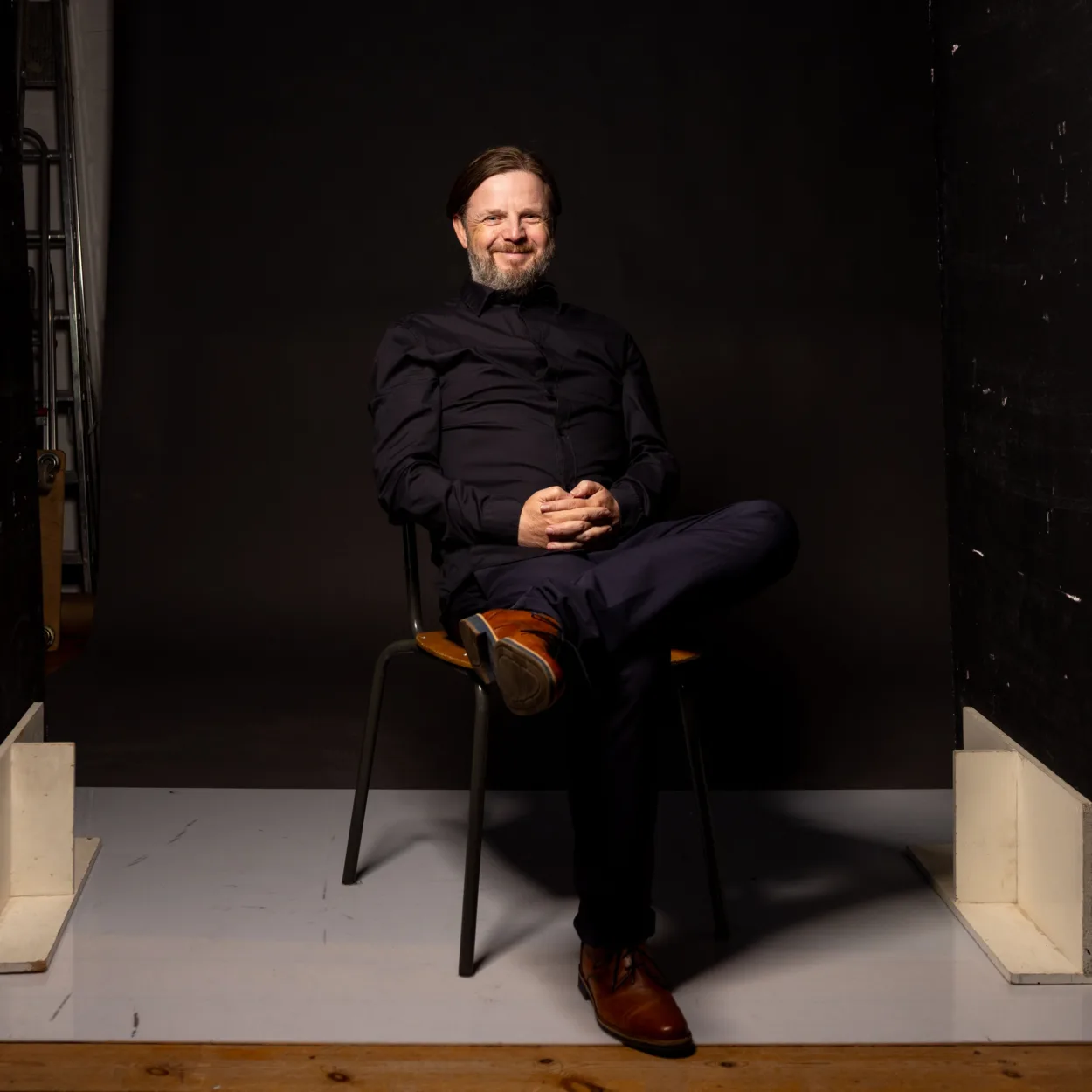Dear Mike, Nice to finally have this conversation with you! I still remember the day when we were sitting together in the agency in Cape Town, and you studied my CV. After reading „Munich“, you listed the entire Bayern Munich squad. Football is life! Since then, our contact has never broken off, and I’m very happy to call you a friend! I’m also grateful for the opportunity you gave me in your agency, fresh out of my studies. I learned a lot and met great people. Good times! But let’s take a look at your exciting life! I also had the honor of meeting your family, who played a big part in your career, especially your father and his relationship with football. Would you like to tell us a little bit about what it was like back then, how you came to terms with such a horrible time as apartheid, and how your path to graphic design came about?
Well, growing up in a time of so much turmoil, the choice of where we’re born is never ours. However, we do have the choice to shape the paths our lives take, even though they may be riddled with many obstacles along the way. As much as we were politically not free, the one place we were all free was in our heads. They say freedom is a state of mind, and that’s been the premise that set me on my path.
Oh absolutely. Great way to approach life. How did your design-journey start?
I’ve had an obsession with visuals, marks (logos), and colors since I was very young. It was something I couldn’t explain, and at one point, I thought there was something wrong, perhaps. I could draw very well, and my parents realized it from a very young age. My mum especially encouraged me to keep on exploring. I used to look forward to watching signwriters do the lettering on shops we had in the townships (slums). They would paint the Coca Cola sign, the name of the shop, and sometimes the specials of the week. I couldn’t understand my fascination.
In the townships, areas were defined by the brands worn by people from those particular neighborhoods. For me, this was a visual feast, and I recall marveling at how effortlessly stylish people like my uncles and their friends were. I noticed the Lacoste, Levi’s, Lee jeans, Nevada, Jack Purcell, Ray-Ban, Crockett & Jones, and Jordan shoes, amongst many others. Dickies were famous amongst youth in the townships. During the week, most men worked factory jobs, but on the weekend, they would be dressed to the nines. It seemed like they took so much pride in how they presented themselves during times when our dignity was constantly stripped by forces set in place by a brutal regime.
„They say freedom is a state of mind, and that’s been the premise that set me on my path.“
Insane. But also astonishing how life always finds a way somehow… music also played a huge part, you told me before?
Of course, music had a pivotal role in our lives. It was our solace and exuded a sense of freedom. This is where I developed a fascination for album sleeve design. I still remember the logotype for The Commodores. Earth, Wind & Fire had these almost otherworldly sleeve designs. We would hear music emanating from people’s homes because our homes were made of very thin cement walls. Whitney Houston, Anita Baker, George Benson, Michael Jackson (of course), and many others filled the years of my youth.
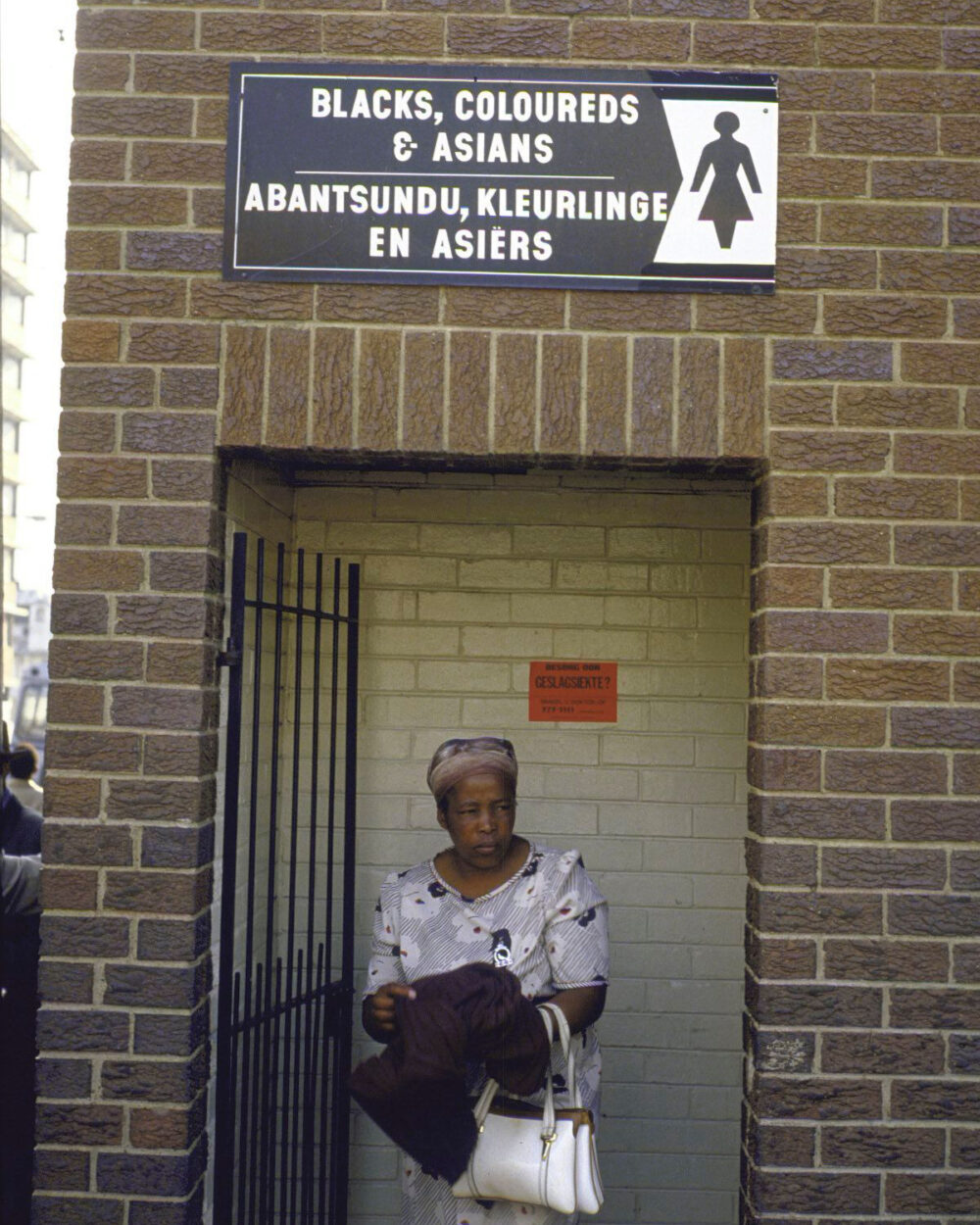
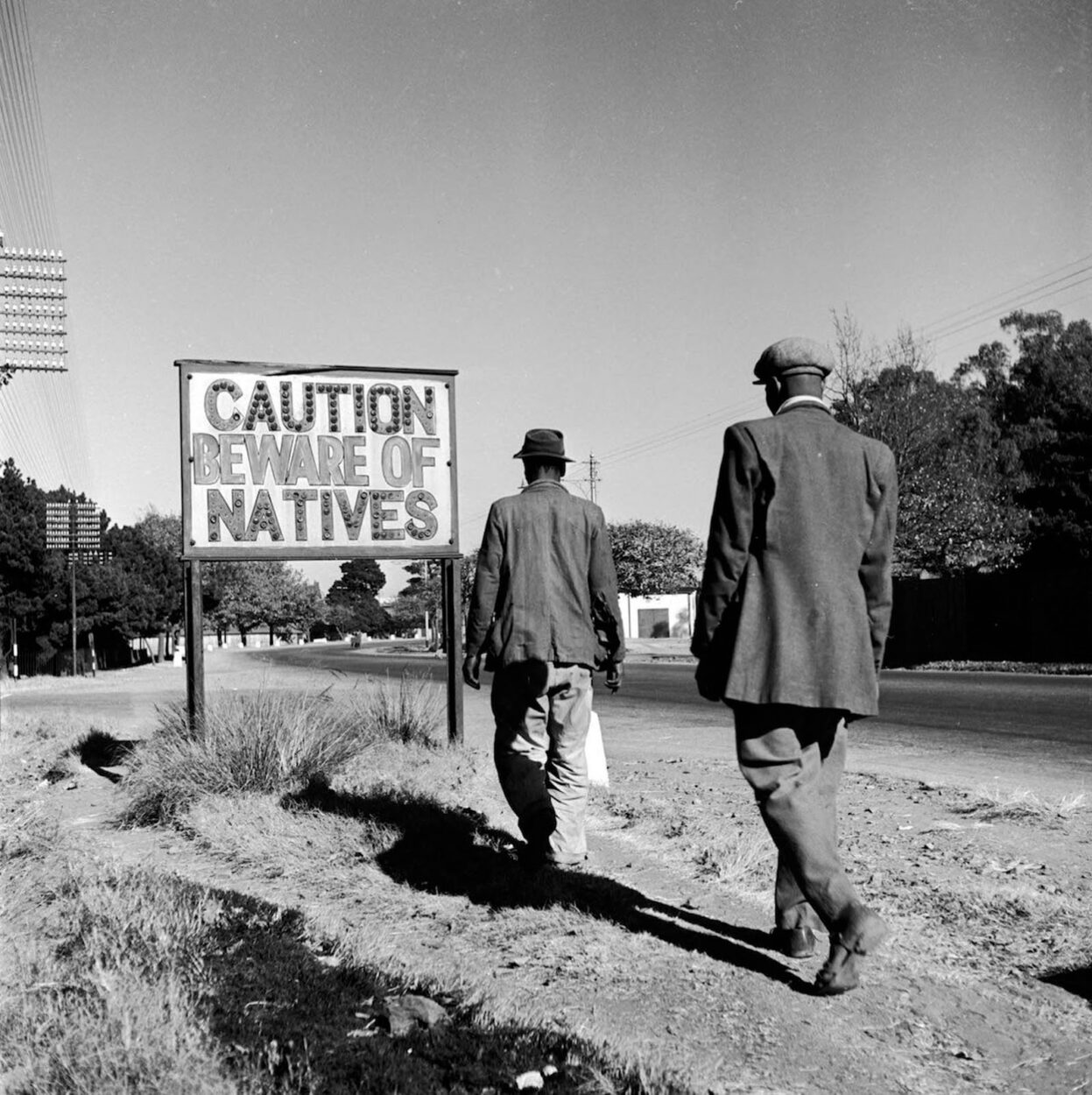
Tell us more about your early years, the school and so on…
My high school years during the 1980s coincided with The State Of Emergency. South Africa was up in flames, with violent resistance and escalating insurgency from all borders. Rural uprising desiccated the country’s townships. The state’s response was to declare a state of emergency. Usually, this is declared when the welfare of a nation is threatened by war, invasion, or general insurrection. It felt at the time that we were in the midst of all of this. I’ve forgotten how many days we weren’t allowed to go to school for fear of our safety as we were still very young. Meanwhile, my school, unprecedented for any of its kind at the time, introduced Art as a standalone subject, along with ballet, drama, and music.
Oh my god…but again, a silver lining!
Yes! I was, of course, beyond excited and couldn’t wait to go home and tell my parents. I had to drop a subject in order to replace it with art. This was a discussion we had to have with my father, who is from a generation before and was deprived of the opportunity to have a proper education. To him, it was of utmost importance that I maintain subjects that would later enhance my chances of seeking a profession with a status, particularly in the medical field. So, I had to keep science, mathematics, and biology as subjects and drop accountancy.
As part of Art, I studied the history of art from hieroglyphics to Post Modern Art for 5 years. I also did drawing as part of my studies, a discipline I’ve loved since birth. This stood me in good stead, unbeknownst to me, for the path I chose in passing years.
„Design found me, I didn’t find it. I never knew it had a name. All those years I fascinated over logos, signage, album sleeve designs and movie posters finally made sense.“
Wow, what are the odds…but then the world changed, right?
The ban on ANC and other black liberation parties was lifted in 1990. It was replaced by a new constitution that enfranchised formerly marginalized South Africans. This, in 1991, coincided with my first year as a student that allowed me to enroll at institutions formerly reserved for white South Africans only. This was a major turning point in my life, as I wouldn’t have the path I had to the present day. Because of my years prior studying art and having 5 years of drawing class, the entry exam to be accepted into foundation studies was a walk in the park.
While at PE Technikon (Nelson Mandela University), a whole new world opened for me. One that shaped and defined me to this day. The library provided me with a plethora of books I never knew existed, as the libraries in my neighborhood didn’t carry such a wide range of books about art, design, and architecture. This is where I discovered the work of Herb Lubalin, a hero of mine. His work was to be the defining moment in how I approach design. So, in a word, Design found me, I didn’t find it. I never knew it had a name. All those years I fascinated over logos, signage, album sleeve designs and movie posters finally made sense. From then on, I’ve been a fan of Design and the fascination hasn’t faded over the years.
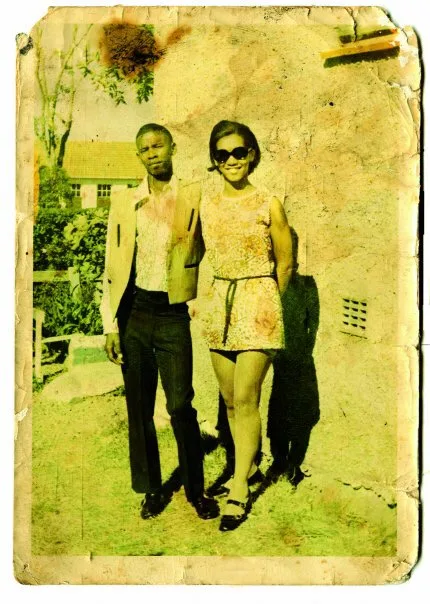
What a story. I could listen for hours. You went on to New York to Futurebrand, correct?
A meeting at Design Indaba and an introduction to Neville Brody brought me to London. In between, I was invited to work on a project for Africalia in Brussels, Europe.

What milestones these were! Please tell us more! How was it to work with this legend, and what made the biggest impact on you in that whole journey?
In 1996, I was chosen out of, I think, 50 candidates to be one of 2 South Africans to work on the rebranding of New South African Airways branding. A project to reflect the change in our country and amplify a new dawn in our country. Futurebrand New York was the branding specialist agency where we worked on the project over a period of months. I was trying to learn as much as I can from some of the stellar design specialists at Futurebrand. They’d by then already worked on some of the world’s biggest brands like Microsoft, Kodak, Saudi Arabian Airlines, Air Canada, amongst others.
At Brody Associates, I worked with some of the best creatives in the UK. As the name suggests, it was headed by Neville Brody. He had a pivotal role in making me really understand Design in a way I hadn’t before. His philosophy was about reduction, not addition. He taught me how to use the minimum to create the maximum. I still apply this thinking to how I design presently. He has left an indelible mark on me as a creative, and I’ve not thanked him enough times for having given his time to impart his knowledge to me. I try, as best as I can, to use this to shape others, whenever possible.
You did my man, you did!
What were the most formative experiences for you from a design perspective? Is there a difference in how branding is seen in the USA or Europe? And what did you take back with you to South Africa?
It’s always tricky when this question gets asked regarding the differences. You’ll probably get a different answer each time. When I was fascinated with brands/logotypes/typography in my early years, it didn’t really matter to me where they were from. They worked on an emotion in me that made me marvel at them with wide-eyed wonder. Only later on, I realized where they were from. Perhaps the end game, as with most creativity, is to provoke or have an emotional connection. In this sense, I don’t think there’s a difference, per se; the difference is more in how it’s interpreted.
What then led you to leave South Africa again and go to Asia? And was that a big cultural shock, both in terms of life and work?
Because I’d spent so much time working in the West, I wanted to challenge myself in a different culture. I’d had a long-standing curiosity with the East, so the move to Singapore was initially one I am glad I made.
I also dreamt of seeing the world since I was a child and enjoy the feeling of being lost in different countries. The anonymity is what I enjoy the most because I feel that way, I can see everything but nobody sees me. Therefore, I don’t find it a cultural shock; I find it enthralling.
I suppose having grown up in a society where we were censored and deprived of information, our curiosity was enhanced, and this made us want to know more about what’s out there. This is, at least, my personal observation and approach. Remember, historically Malaysian and Indonesian slaves were brought to our country by the Dutch to work in agriculture. For this reason, I found so many similarities in these two countries.
I felt, as a creative, because the medium wasn’t as, say, ‘advanced’ as in the West, you got the feeling that you can make an impact, and it felt less saturated than it may feel in the West.
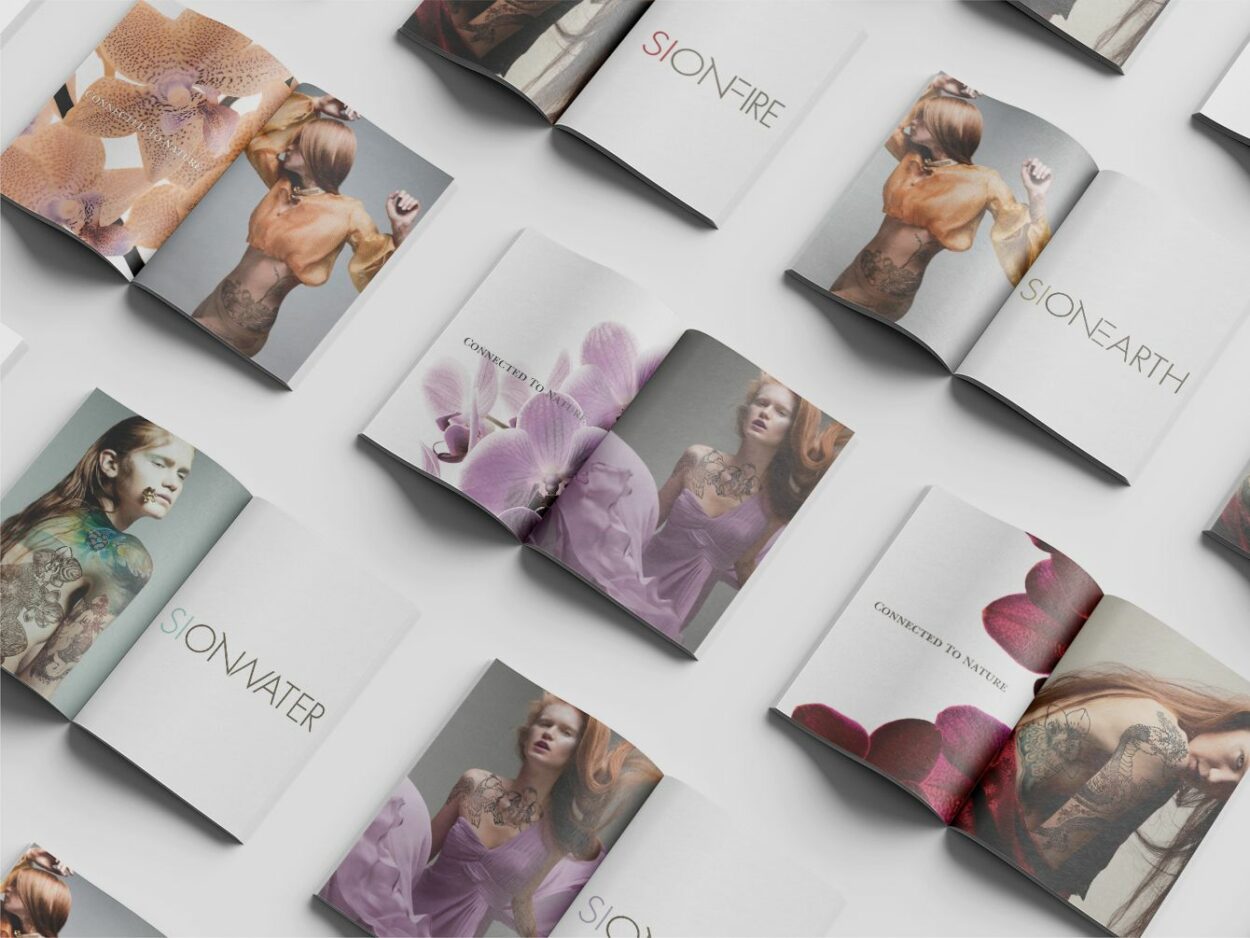
„The anonymity is what I enjoy the most because I feel that way, I can see everything but nobody sees me.“
Interesting… but Asia is miles ahead of Europe in the digital sector… what were the biggest differences for you there, what should we definitely consider here as well?
Technology in the East moves at breakneck speed. The advancement in tech is fascinating. I felt, over the 9 years I’ve been there, it’s accelerated at breakneck speed! I’ve worked mostly in e-commerce, and in this particular sector, the East is way ahead of the West. In the East, you can access almost anything with apps. You can pay bills or get your laundry dry cleaned via apps. I recall being in Jakarta for a month to do a shoot for an ad and didn’t need to leave my hotel for anything. I could get anything I needed through what they call a ‘Super App’ delivered to me in a short time, whether it’s a reflexology massage or a tube of toothpaste at midnight.
I’m not exactly sure why the West is taking its time to be on par with the East. They probably have their reasons. I have yet to find out as I’m moving to the EU. I may find the answers then.
And what should we definitely NOT adopt from your point of view?
One thing I think the East should be aware of is over-consumerism. This can easily happen as they have these double-digit sales every month, and you find yourself obligated to shop even though you may not need to. It becomes almost like smoking, a bad habit. Many smokers will tell you that after a while, they stop craving and only smoke because it’s a habit. So you know it’s bad for you, but you can’t stop yourself. This is one thing, speaking from my own experience, that the West should try not to adopt, if possible.
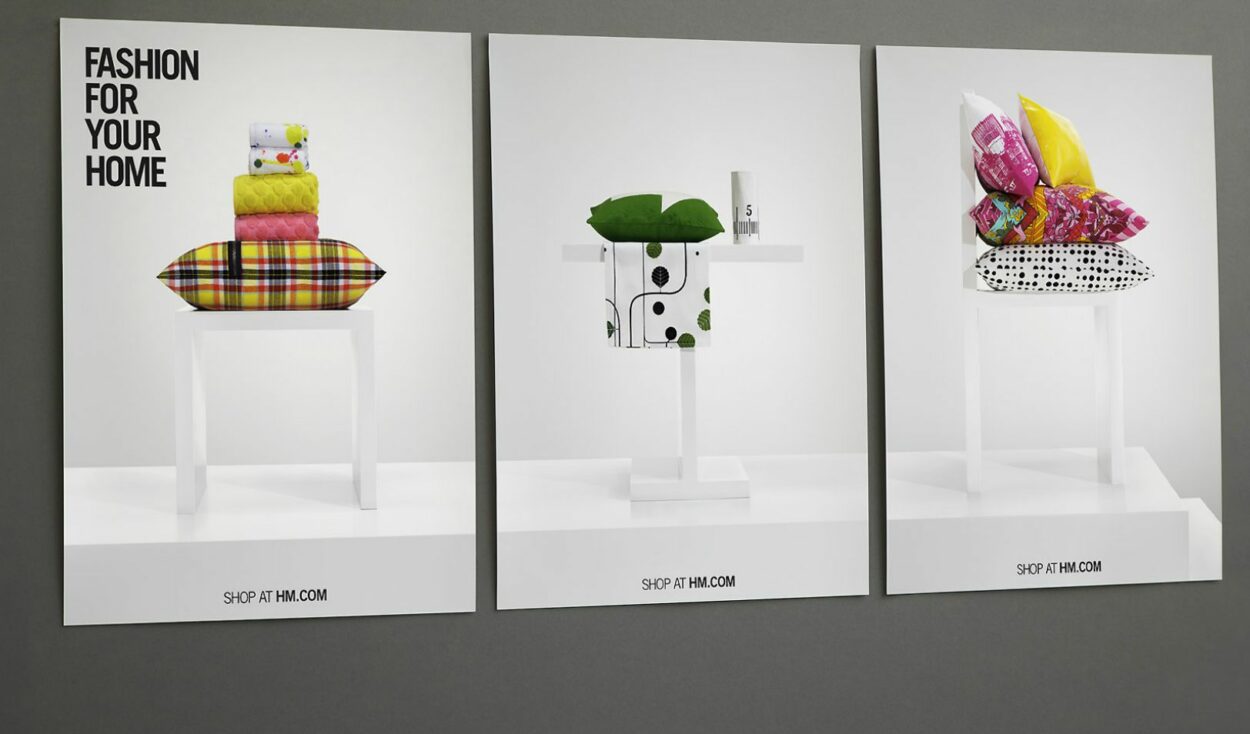
„Creating Lego blocks of design tools give everyone the ability to grow and develop their own design culture without feeling restricted.“
Don’t you think this ship has sailed already? 😉
When you visited me in Vienna, you already led a large team remotely, with designers in Bangkok, Malaysia, England, etc., far before it became „normal“ due to the pandemic. What are your experiences in this area? What does it take to make this work well? What do creative people need to work optimally?
For me, once you put flexible and adaptable style guides and design systems in place, it becomes about getting everyone to buy into this philosophy or way of thinking. The best way I can describe it is creating Lego blocks of design tools that give everyone the ability to grow and develop their own design culture without feeling restricted. Each country in South East Asia is vastly different culturally, and culture is the operative word. It’s important to be acutely aware of these differences before imposing your own views upon these independent nationalities. It would be fair to say one shouldn’t approach it with a one-size-fits-all way of thinking.
That’s true. Very important insight!
In your new job as Creative Director at Alibaba, you finally return to Europe, more precisely to Madrid. What exactly is your job there, and what is your goal? Are you going to continue with your agency in parallel, or are you going to focus completely on the new job?
One of the disciplines I’ve grown into since my time at Ali is UI & UX Design. I’ve been working closely with global brands in establishing their footprint in SEA, in particular building their digital stores on marketplace platforms. The consumer behavior and engagement in online retail in Asia is different from those in the West. My role was to advise on adapting to this change and create intuitive user experiences that enhance the shopping experience. It wasn’t only about buying, but taking users on a journey of exploration where they’re also educated on products they’re buying. We’re living in a world where consumers are becoming more aware of what goes into the things they buy and the effect it has on our planet.


Thanks a lot for your time and your openness in sharing your story! Was a pleasure to listen to you and your story. And I hope your Spurs will let Harry move to Bayern 😉
Sadly, it looks like Uli & Karl-Heinz may win the race to get him 😥😢
